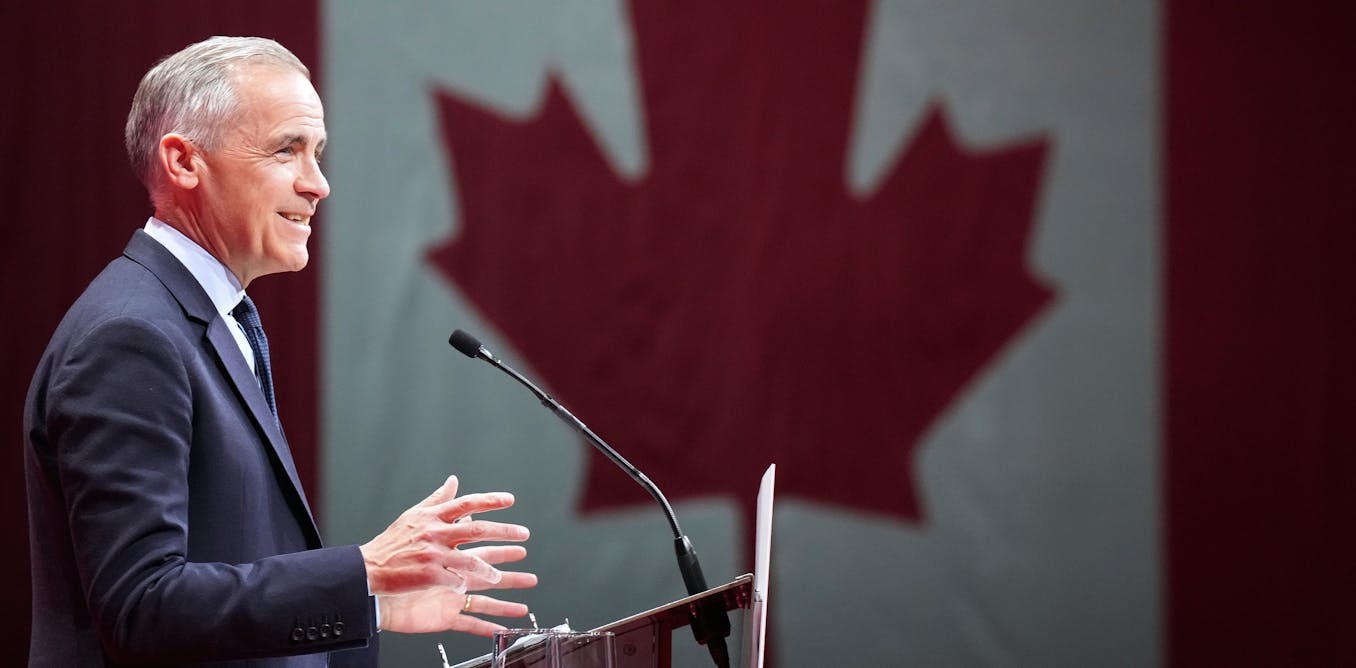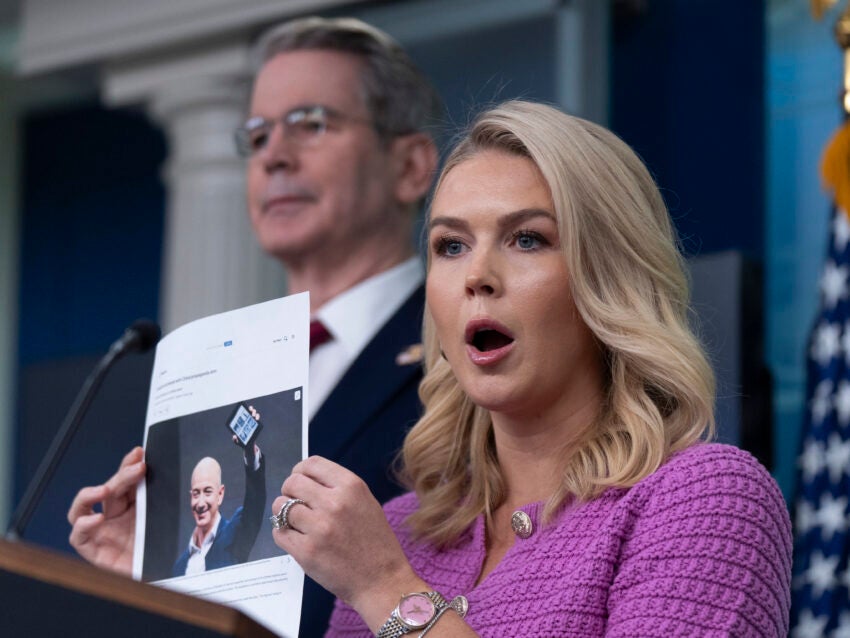Now Reading: Game change Canadian election: Mark Carney leads Liberals to their fourth consecutive win
-
01
Game change Canadian election: Mark Carney leads Liberals to their fourth consecutive win
Game change Canadian election: Mark Carney leads Liberals to their fourth consecutive win

Canada’s 2025 federal election will go down in history as a game-changer. Liberal Leader Mark Carney orchestrated a remarkable comeback in political fortunes by convincing voters that he was the best candidate to combat threats of annexation from U.S. President Donald Trump.
In his victory speech in Ottawa, Carney expressed, “We are past the shock of the American betrayal; we need to look out for each other. Together, we will construct a Canada that embodies our values. Canada strong, Canada free, Canada forever, vive le Canada!”
Despite predictions, the race against the Conservatives was much tighter than anticipated, with the Liberals securing their fourth mandate since 2015. Just four months earlier, Conservative Leader Pierre Poilievre held a significant lead in public opinion polls and seemed poised for victory.
However, the tables turned swiftly as voter sentiments shifted following Justin Trudeau’s early resignation announcement and Carney’s entry into the Liberal leadership contest. The political landscape drastically changed, leading to the Liberals surpassing the Conservatives and heading towards their fourth consecutive win.
The Liberals capitalized on the “Canada Strong” and “Elbows Up” narratives, resonating with the anti-Trump sentiment, while Carney’s stance on eliminating the carbon tax further bolstered their support. These factors left Poilievre on the defensive, causing his messaging to lose relevance and ultimately costing him his seat to a Liberal candidate.
The election saw a surge in advance voting, underscoring its growing significance in party campaign strategies. This trend raises questions about overall turnout and the impact of early voting on party platforms.
Moreover, the election highlighted a lack of gender and diversity representation in Parliament, with the major party leaders being predominantly male. The NDP nominated a higher percentage of women candidates, but their losses did not translate into diverse parliamentary representation.
The election also shed light on the influence of young working-class men, who leaned towards the Conservatives due to concerns about rapid social change. The ongoing questions about representation and the potential for democratic reform in Canada were further underscored by the transformative twists of the 2025 election.






